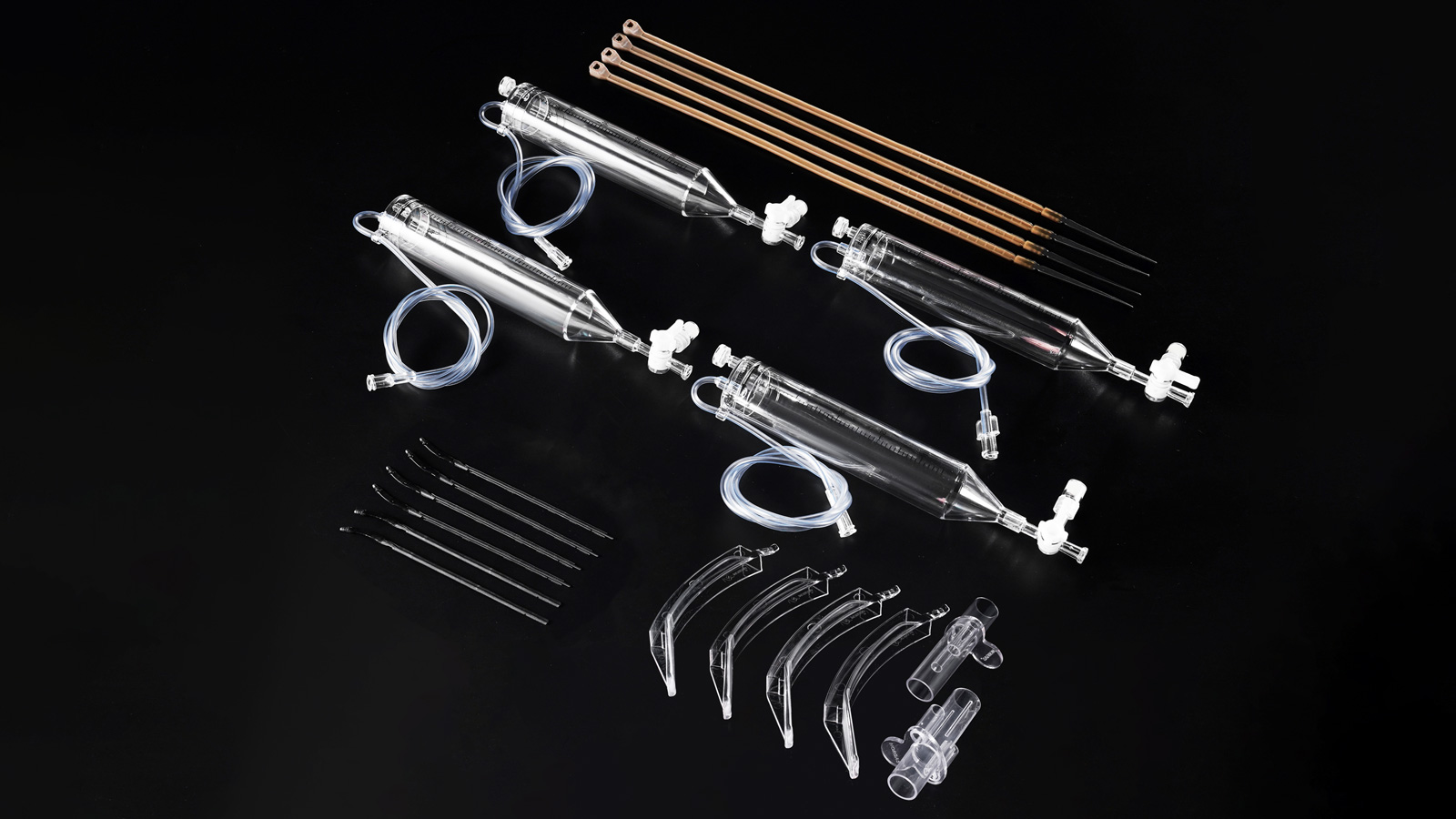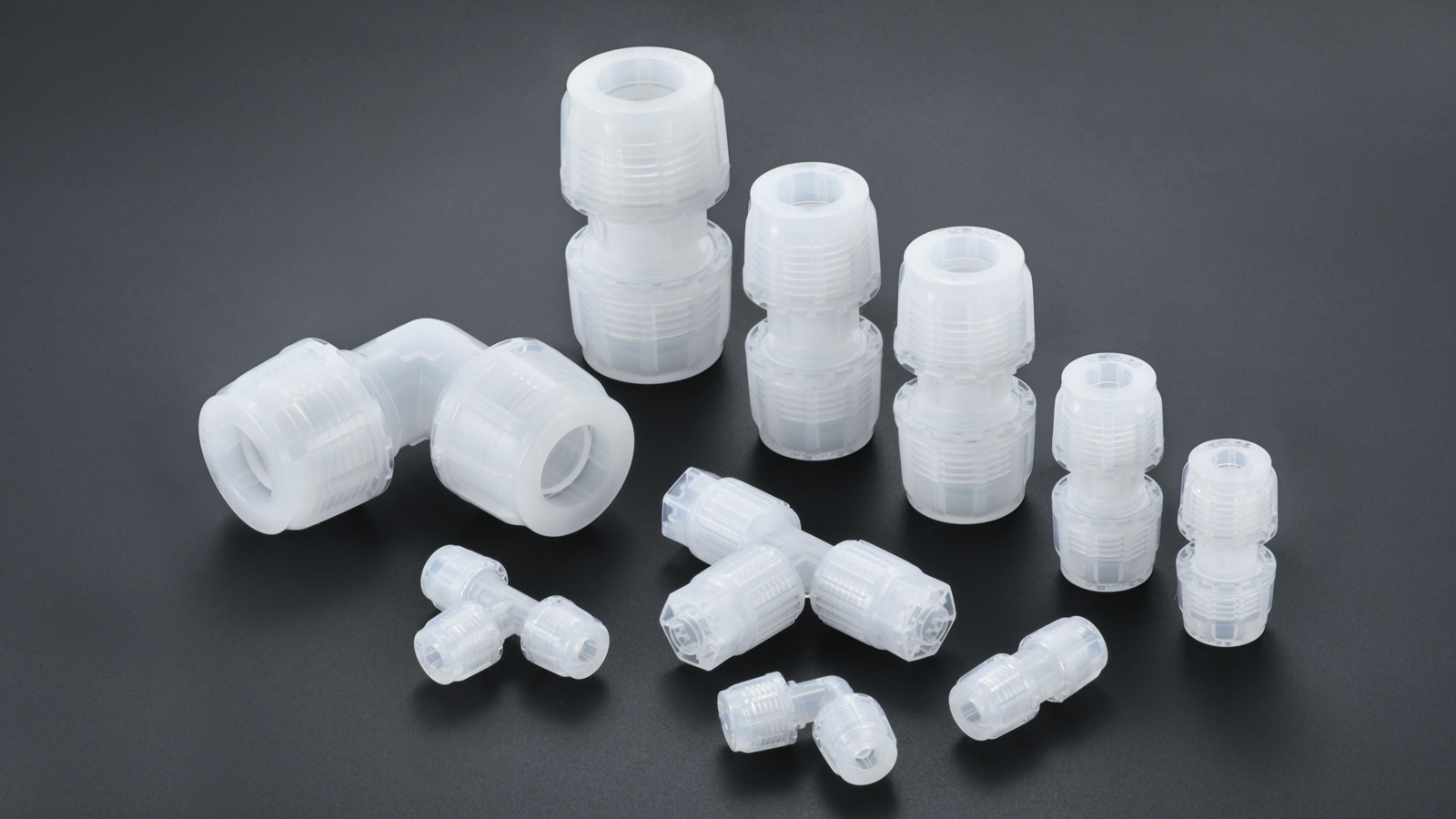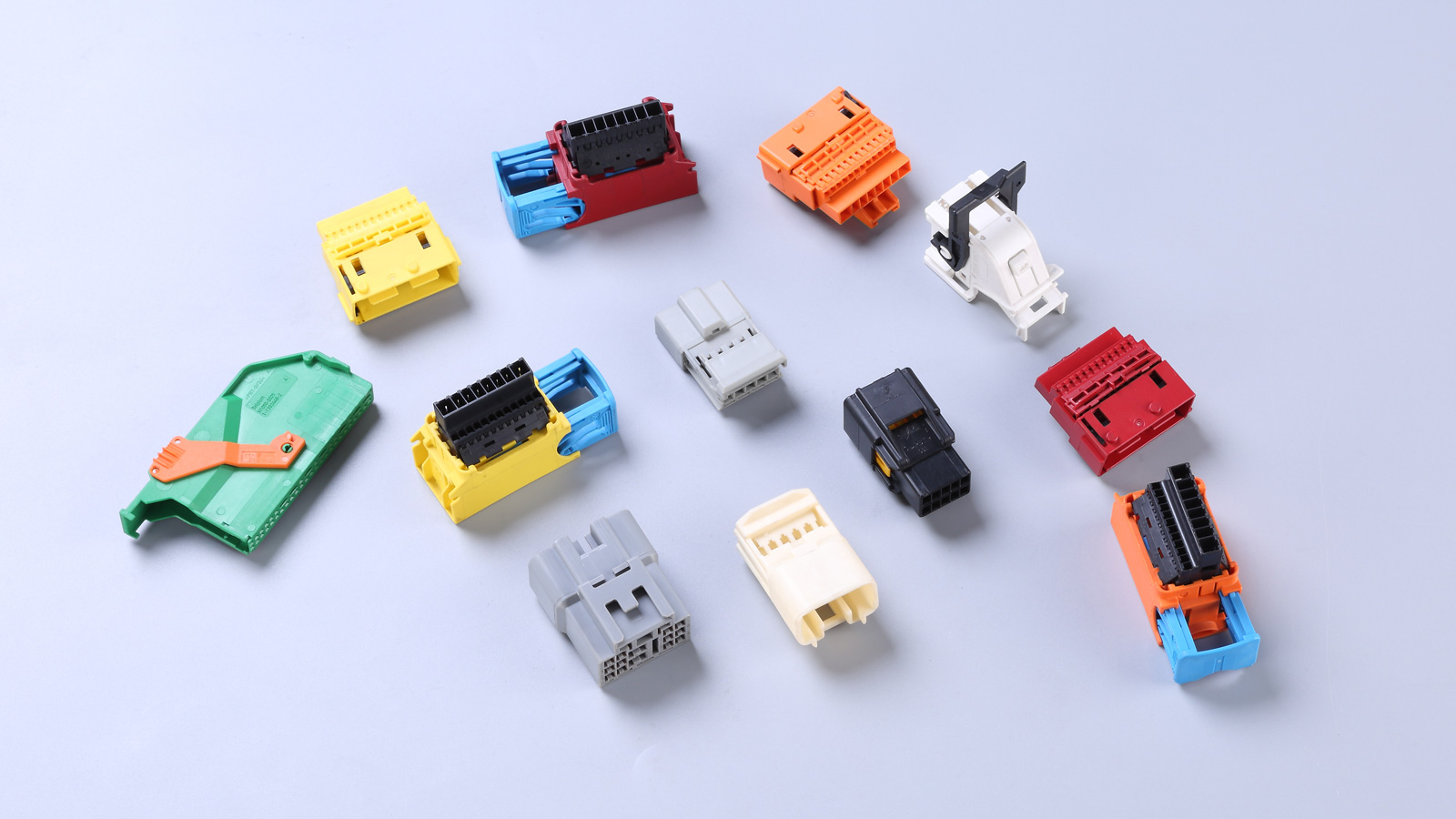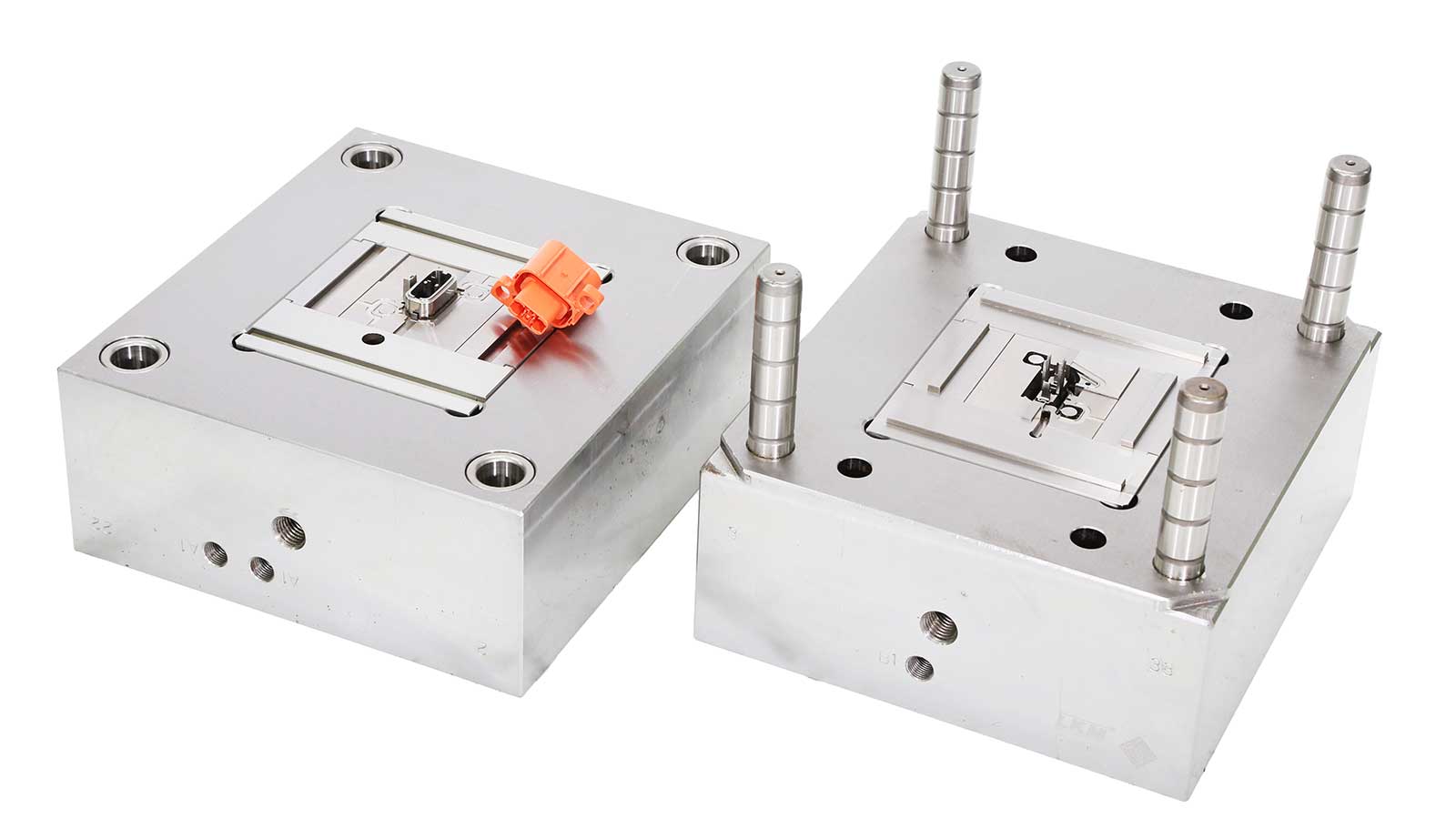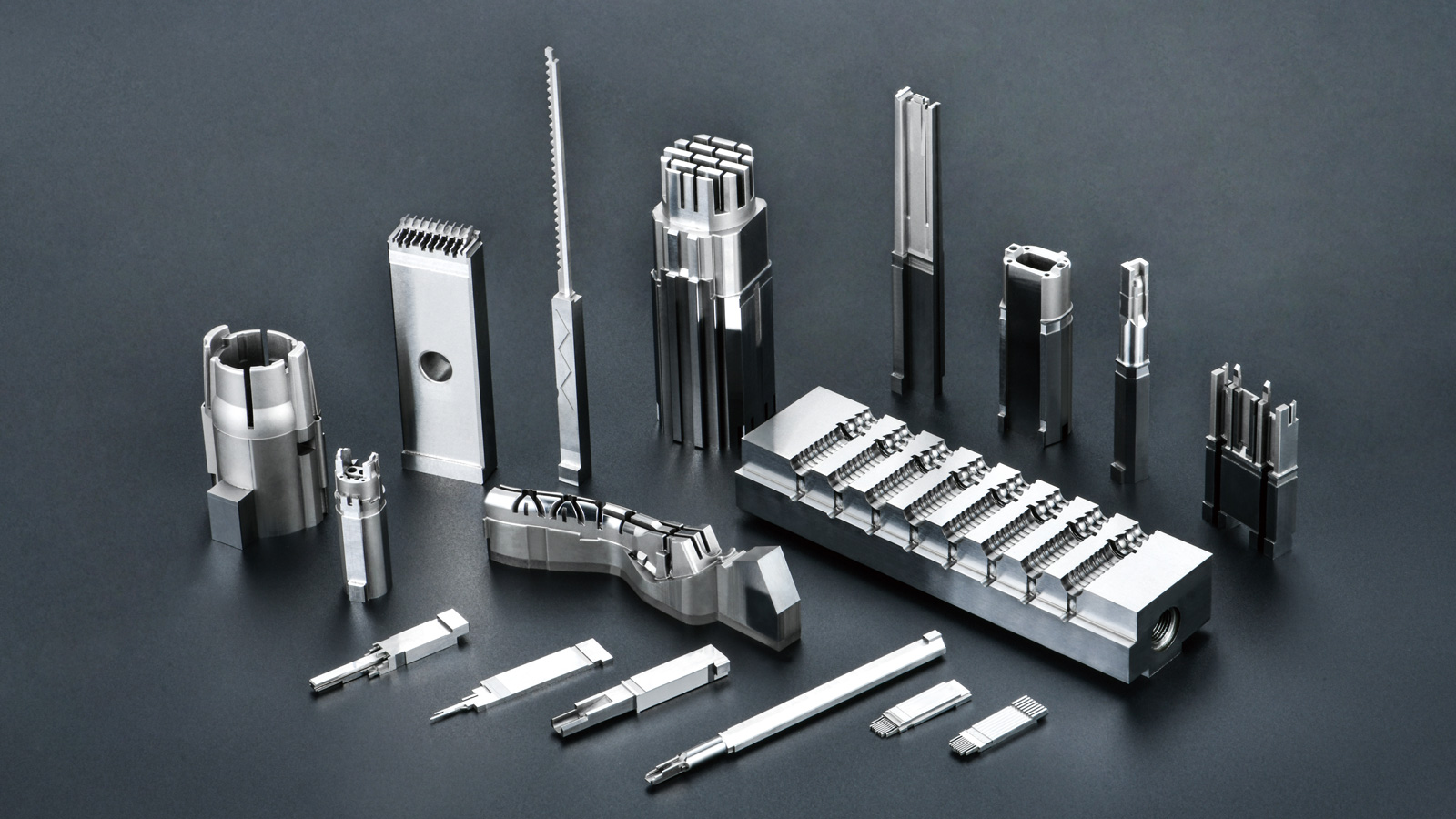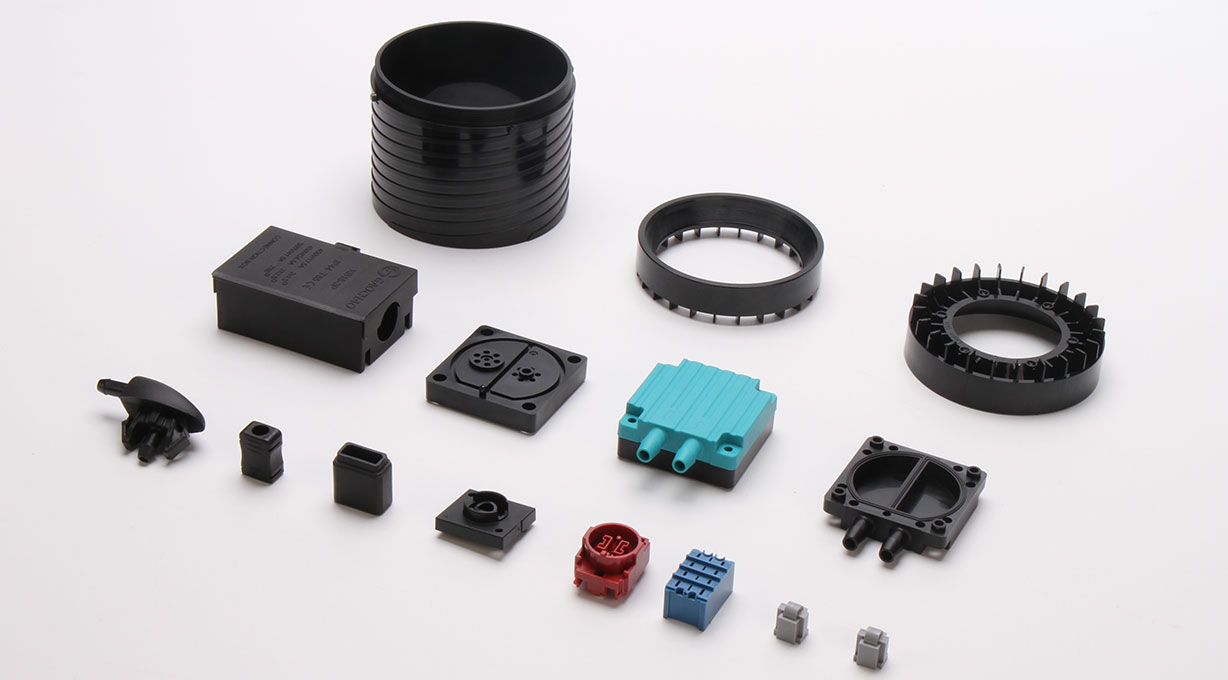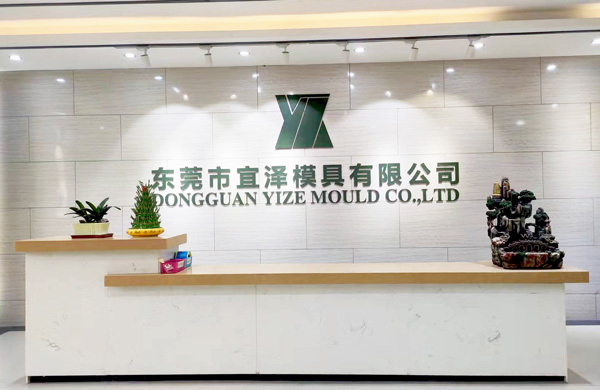Why Does Injection Mold Design Require “Dissection-Level” Analysis?
In injection molding, mold structure is the core determinant of product yield, production efficiency, and cost control. The engineering team at Dongguan Yize Mold employs a “dissection-level” structural analysis framework, breaking down mold design into five critical dimensions—precision control, functional adaptation, ejection logic, wall thickness optimization, and interference checks—to systematically mitigate mass-production risks. Below, we unveil their design philosophy with real-world case studies.
1. Precision Grading & Dimensional Control: The Micron-Level Battlefield
- Key Actions:
- Define mold precision grades (IT5–IT13) and establish tolerance databases. For example, automotive connector molds require IT7 (±0.015mm), while toy molds may accept IT11 (±0.15mm).
- Use dual validation via “3D inspection + blue-light scanning” to ensure core/cavity dimensions align with CNC programming data within ±0.005mm.
- Lesson Learned:
A home appliance firm incurred over $30,000 in rework costs due to a 0.03mm misalignment in a mold’s lifter precision, causing ±0.1mm assembly gaps in the final product.
2. Functional vs. Aesthetic Surface Grading: Balancing Performance and Design
- Grading Strategy:
Product Type Surface Finish Requirements Dimensional Tolerance Case Studies Functional Plastics Matte/anti-slip textures IT8–IT9 (±0.02mm) EV charging ports, sensor housings Consumer Electronics High-gloss/mirror finishes IT6–IT7 (±0.01mm) Phone frames, wireless earbud cases Toys/Daily Necessities Textured/etched patterns IT10–IT11 (±0.05mm) Building blocks, water bottles - Design Tip:
For high-gloss surfaces, adopt “insert-based parting” instead of unitary parting to eliminate parting lines.

3. Ejection Angle “Golden Triangle” Rule: Strength, Precision, and Aesthetics in Harmony
- Design Principles:
- Strength-First: Use ≥3° draft angles for structural parts to prevent breakage (e.g., automotive door handle frames).
- Precision-Centric: Limit draft angles to ≤1° for high-precision surfaces, paired with polishing (e.g., optical lens brackets).
- Aesthetic-Driven: Apply 0.5°–1° draft angles for transparent parts, using texture direction to hide ejector pin marks.
- Warning Case:
A medical device firm faced batch returns of respirator masks due to stress marks caused by insufficient draft angles.
4. Wall Thickness Optimization: The Fluid Dynamics of Plastic Flow
- Analysis Dimensions:
- Flow Validation: Use Moldflow to simulate melt shear rates at wall thickness transitions, avoiding burn marks or sink marks.
- Uniformity Design: Transition zones require fillet radii ≥3× wall thickness (e.g., R15 for 3mm→5mm transitions).
- Localized Reinforcement: Combine “grid ribs + localized thickening” for load-bearing structures (e.g., robot vacuum cleaner wheels), reducing weight by 15% while boosting strength by 30%.
- Material Guidelines:
PC requires ≥0.8mm, PA66+GF30 needs ≥1.2mm, and TPE soft rubber demands ≥1.5mm.
5. Interference Check “Double-Line Validation”: From Static to Dynamic Risk Mitigation
- Validation Process:
- Static Interference: Use 3D assembly checks to detect collisions between mold components, products, inserts, and ejector pins.
- Dynamic Interference: Simulate mold opening, ejection, and core-pulling motions, focusing on:
- Crossed trajectories of angled lifters and sliders
- Deflection of slender cores during ejection
- Clearance between threaded cores and cooling channels (≥5mm)
- Real-World Example:
A drone manufacturer lost over $75,000 in mold scrap costs due to unchecked interference between propeller mold cores and the moving platen.
Conclusion: Mold Design as Risk Preemption
Dongguan Yize Mold’s “dissection-level” analysis system essentially shifts trial-and-error costs to the design phase. By leveraging precision grading, functional grading, flow optimization, and interference pre-checks, they achieve a >95% first-try mold success rate. For manufacturers, partnering with a supplier capable of “dissection-level” design isn’t just about technical prowess—it’s about building a “firewall” against mass-production risks.
Engage with Us:
Have you faced mass-production bottlenecks due to mold design flaws? Share your “pitfall” stories in the comments!
